You may think to yourself, “Mardi Gras doesn’t have a specific music.” Well I ask you, if Christmas music is a genre, Halloween music is a genre, and even New Years has its own song, whose to say that Mardi Gras, celebrated for almost two months, can’t have it’s own sound!
Think about the last time you were in New Orleans. Now, for those of you that listen to my show on Mondays, you’ll know that I hale from Mobile, AL, the birthplace of Mardi Gras. But since most people haven’t stayed in Mobile for a long period of time, just driving through on the way to the beach, I’ll pretend like New Orleans has the best Mardi Gras music.
Think about the New Orleans sound. There are cars, regular cars, running through the city like any other town with roads. But there are sounds of trolley cars dinging through the streets, hoofbeats hitting the cobblestones drawing carriages, hawkers yelling about different art they are selling in Jackson Square, a ghost tour telling the woes of the haunted buildings, and what’s that? A horn? A saxophone? Blues and jazz filling your eyes, leading you to every street corner where performers ask for tips and for audiences as they play their soul into the world for everyone to hear.
That is the Mardi Gras sound, but Mardi Gras has more.
Mardi Gras has full brass bands playing down the streets surrounded by thousands of hollering fans. Mardi Gras has high school bands and dancers performing classic numbers like “Iko Iko” and “Marid Gras Mambo” to the amusement of the people around them. Couples dance, sloshing drinks into the streets, beads clink around the neck of those that have been lucky enough to catch them, and horns sing out into the city, beckoning the listener to come and join in the revelry.
Mardi Gras’s music did not always have the heart and soul that it has now. Mardi Gras was once an upper-class event called Carnival, where kings and queens would dance in their palaces to waltz music. The parades happened, sure, but the balls were where the upper-class could shine, with beautiful suits and dresses and hired bands to play the night away. However the music soon spilled out of the rooms into the streets and the common people began to dance as well. As time went on, all types of influences came into the Mardi Gras music scene from places like the Caribbean, France, Spain, and Africa. Brass horn musicians that had worked the waltz wing began to form their own societies where they could play the music they wanted to play. Soon, the parades that had filled the streets began to hire the brass bands to accompany them along the road, hyping up crowds and causing people to dance in the streets along with the performers.
Mardi Gras is known for its history of revelry and fun, but it is built on a history of music and culture that goes deeper than most people give thought to. Without the famous songs coming from underground, anonymous brass bands of Mardi Gras, we would not have the classic rhythm and blues tunes we are used to today. However, no matter the history or its recognition, Mardi Gras holds a special place in the hearts of those that celebrate it. Listening to its music fills me with the reminder of “Let the Good Times Roll” and always brings back thoughts of home, even if home isn’t always full of bands playing the streets and balls happening every Friday and Saturday for a month.
So no matter if you’ve celebrated Mardi Gras before, only been to a parade once, or even just hate jazz, Mardi Gras music causes celebration of collaboration and culture for those that listen for it.
